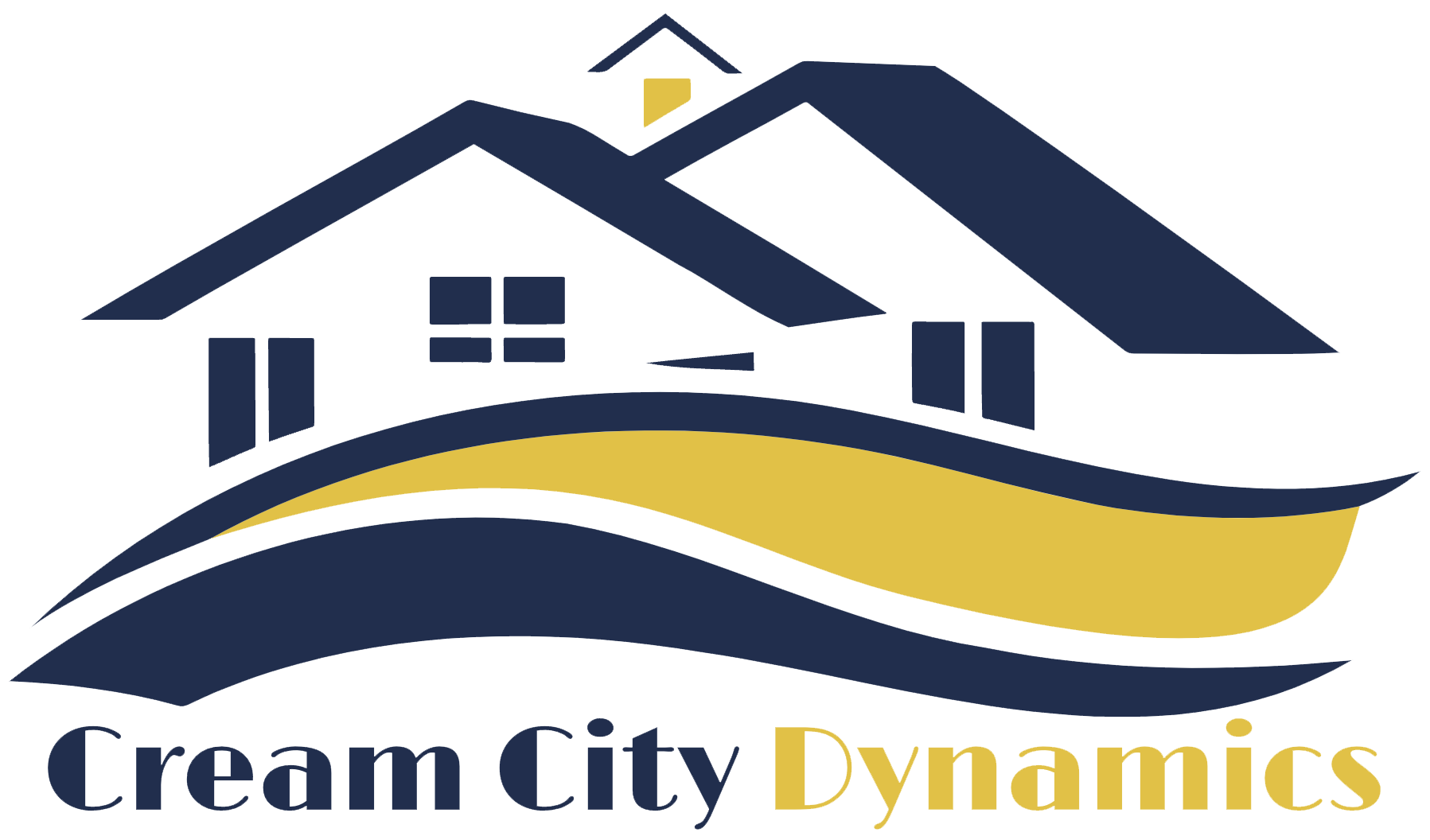
Navigating parents retirement community costs is an essential part of ensuring your loved ones transition smoothly into the next stage of their lives. As people age, they may need to move into a retirement community that provides support, companionship, and specialized care. However, the financial aspects of this move can be overwhelming. There are a wide range of costs associated with retirement communities, from basic living expenses to specialized healthcare, all of which need to be carefully managed. By understanding the different cost structures and planning ahead, you can ensure that your parent’s move to a retirement community is both financially feasible and comfortable. In this guide, we will explore the various costs of retirement communities, ways to plan and budget, financial assistance options, and how to make the right choice for your parents’ care and needs while navigating parents retirement community costs effectively.
Types of Retirement Communities and Their Costs
One of the first steps in navigating parents retirement community costs is understanding the different types of retirement communities available and the price differences between them. Retirement communities generally fall into three categories: independent living, assisted living, and nursing homes. Independent living is designed for seniors who are mostly independent but want the convenience of services like meals, housekeeping, and social activities. These communities are typically the most affordable, with costs ranging based on the amenities provided.
Assisted living communities are designed for seniors who require some help with daily activities like bathing, dressing, and medication management. These communities offer more specialized services and can be more expensive due to the additional care involved. Nursing homes provide the highest level of care, offering 24-hour medical attention and assistance with all daily tasks. While nursing homes are the most expensive, they may be necessary for individuals with complex medical needs. It’s important to understand the differences in these communities and their associated costs to ensure that you choose the best fit for your parent’s needs.
Understanding the Costs of Independent Living
Independent living communities are generally the most cost-effective option for seniors who can live independently but want a supportive environment. The costs of independent living typically include rent for the apartment, meals, utilities, and basic services like housekeeping and maintenance. Some communities offer additional amenities such as fitness centers, transportation services, and recreational activities, which may or may not be included in the base price.
When navigating parents retirement community costs in independent living, it’s important to clarify what is and isn’t included in the price. For example, some communities charge separately for additional services like transportation or special events, while others may offer all-inclusive pricing. By understanding the pricing structure upfront, you can make sure you’re aware of the full range of costs and avoid any unexpected charges.
Costs of Assisted Living and What’s Included
Navigating parents retirement community costs in assisted living is often more complex than independent living because of the varying levels of care provided. Assisted living communities typically include basic housing, meals, housekeeping, and support with daily activities like bathing, dressing, and medication management. However, the price can vary greatly depending on the level of care your parent requires. Many facilities charge a base rate, with additional fees for more intensive services such as memory care, transportation, or specialized medical services.
It’s important to fully understand the care levels provided and their associated costs. Some communities have tiered pricing, meaning the cost increases as your parent’s needs change, while others offer a flat rate. By evaluating your parent’s needs and choosing a community that aligns with their level of care, you can better anticipate future expenses. If your parent’s condition worsens, be aware that the cost could rise, so having a plan for these changes is crucial.
The High Costs of Nursing Homes and Long-Term Care
Nursing homes offer the highest level of care, including skilled nursing, rehabilitation, and 24-hour supervision. These facilities are ideal for individuals with serious medical conditions or those who need constant medical care. Because of the extensive services provided, nursing homes are generally the most expensive retirement communities. Costs can range anywhere from $6,000 to $10,000 or more per month, depending on the location and level of care.
Navigating parents retirement community costs in a nursing home requires careful consideration of the financial implications. It’s essential to review the total monthly cost, including all fees for medical services, daily living assistance, and other expenses. In many cases, nursing home care can be covered by Medicare or Medicaid, but there are often limitations and eligibility requirements. Understanding the coverage options and how they align with your parent’s needs can help you plan and make informed decisions.
How to Plan and Budget for Retirement Community Costs
When navigating parents retirement community costs, one of the most important steps is creating a comprehensive budget. Begin by assessing your parent’s income, savings, and assets to determine how much they can comfortably afford each month. Be sure to include costs such as rent, meals, housekeeping, and medical care in your calculations. In addition, it’s essential to plan for potential future increases in costs, especially if your parent’s care needs change over time.
You may also want to factor in one-time costs such as moving expenses or buying furniture for the new living space. Budgeting carefully will help ensure that your parent can comfortably afford their new home and that you can anticipate any changes in expenses as their care needs evolve. Working with a financial planner who specializes in elder care can also help you make informed decisions about budgeting for retirement community costs.
Using Long-Term Care Insurance to Help Cover Costs
Long-term care insurance can be a helpful tool in navigating parents retirement community costs. This type of insurance covers many aspects of long-term care, including assisted living and nursing home care. If your parent has long-term care insurance, it’s important to understand the policy’s terms, including which services are covered and for how long.
If your parent does not have long-term care insurance, you might want to explore the possibility of purchasing a policy for future coverage or investigate state programs like Medicaid. Keep in mind that not all insurance policies are the same, so understanding the coverage limits, premiums, and eligibility requirements will help you plan effectively for your parent’s long-term care.
Exploring Financial Assistance Programs for Retirement Communities
If navigating parents retirement community is proving to be a financial burden, there are financial assistance programs available to help. Medicaid, for example, can help cover the costs of nursing home care for individuals with low income and limited assets. Veterans and their spouses may also be eligible for financial assistance through the VA’s Aid and Attendance program, which provides extra financial help for those who need long-term care.
Many states also have assistance programs that help cover the costs of assisted living or independent living for low-income seniors. Researching available programs and understanding eligibility requirements can help you find financial support that reduces the burden of paying for your parent’s retirement community.
The Importance of Researching Retirement Communities
Finally, navigating parents retirement community involves researching different communities to find the one that best suits your parent’s needs and budget. Prices can vary significantly from one facility to another, so it’s crucial to compare several options. Take time to tour different communities, ask about pricing structures, and get a full breakdown of what is included in the cost.
Also, check for any additional fees that may arise, such as medical services, meals, or activities. Review online reviews, talk to other families, and consult with a financial advisor to ensure that the retirement community you choose is a good fit for both your parent’s care needs and your financial situation.
Planning for a Smooth Transition
Navigating parents retirement community can be overwhelming, but by understanding the various factors involved, you can make a well-informed decision that ensures your loved one receives the care they deserve. From independent living to nursing homes, it’s important to assess all options, create a realistic budget, and explore financial assistance programs to ease the financial burden. By planning ahead and researching thoroughly, you can help your parents transition to their new home with confidence and peace of mind.
